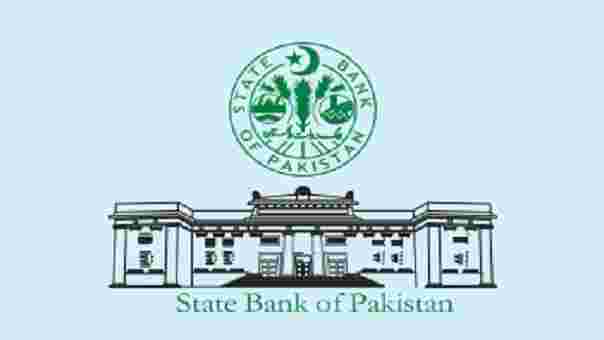Karachi, January 27, 2025 – The State Bank of Pakistan (SBP) announced a significant reduction in its benchmark policy rate, cutting it by 100 basis points to 12%. The decision, effective from January 28, 2025, was made during the Monetary Policy Committee (MPC) meeting held on Monday.
The MPC stated that inflation has continued its downward trend, reaching 4.1% year-on-year in December 2024, driven by moderate domestic demand and supportive supply-side dynamics, aided by a favorable base effect. Inflation is expected to decline further in January before inching up in the coming months. However, core inflation remains elevated, albeit easing. High-frequency indicators also suggest a gradual improvement in economic activity. The MPC highlighted that the cumulative 1,000 basis points reduction in the policy rate since June 2024 would further support economic recovery.
Key developments influencing the MPC’s decision included slightly lower-than-expected real GDP growth in Q1-FY25, a current account surplus in December 2024 despite declining foreign exchange reserves, and below-target tax revenues in H1-FY25. Additionally, global oil price volatility and uncertain global economic policies have prompted central banks worldwide to adopt cautious stances.
The MPC emphasized the need for a cautious monetary policy to maintain price stability, essential for sustainable economic growth. The real policy rate needs to remain adequately positive to stabilize inflation within the target range of 5-7%.
Real Sector
Recent high-frequency indicators showed continued economic activity, with increased automobile, petroleum, and fertilizer sales, as well as higher import volumes, electricity generation, and private-sector credit disbursement. However, provisional data for Q1-FY25 revealed modest GDP growth of 0.9%, compared to 2.3% in Q1-FY24. This slowdown was largely attributed to a sharp deceleration in agricultural growth and moderated declines in the industrial sector. Despite these challenges, key industries such as textiles, food, and automobiles showed improvements, and business confidence remained positive. The MPC expects GDP growth for FY25 to remain in the projected range of 2.5-3.5%.
External Sector
The current account surplus reached $0.6 billion in December 2024, with a cumulative surplus of $1.2 billion in H1-FY25. Strong remittances and export earnings, particularly from high-value-added textiles, contributed to this surplus. Import growth also accelerated, reflecting improved economic activity. Although financial inflows remained subdued, they are expected to improve as major debt repayments have been completed. The SBP forecasts foreign exchange reserves to surpass $13 billion by June 2025.
Fiscal Sector
FBR revenues increased by 26% in H1-FY25 but remained below target. Accelerated tax revenue growth will be necessary to meet annual targets. Despite this, fiscal balance improved in H1-FY25 due to relatively contained expenditures and lower-than-expected interest payments. However, achieving the primary balance target remains challenging.
Money and Credit
Broad money (M2) growth decelerated to 11.3% year-on-year as of January 17, 2025, driven by a slowdown in net domestic assets growth. Private-sector credit grew sharply, supported by economic recovery and easing financial conditions. Bank deposits declined, while currency in circulation increased modestly.
Inflation
Headline inflation fell to 4.1% in December 2024 from 4.9% in November, driven by lower electricity tariffs, stable exchange rates, and adequate food supplies. Core inflation also eased but remains elevated. The MPC expects inflation to average between 5.5-7.5% for FY25, with risks stemming from global commodity price volatility, energy tariff adjustments, and revenue measures.
